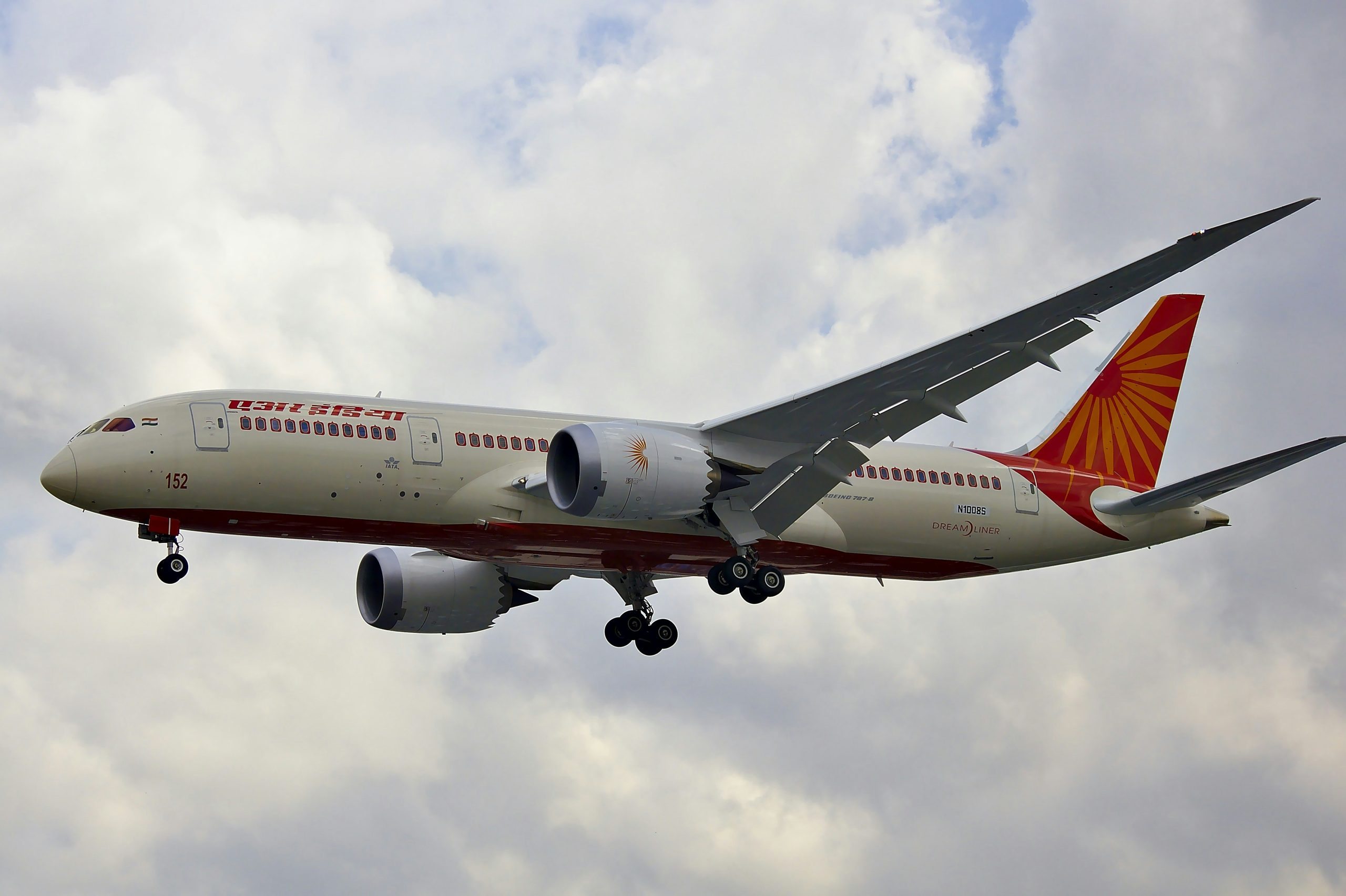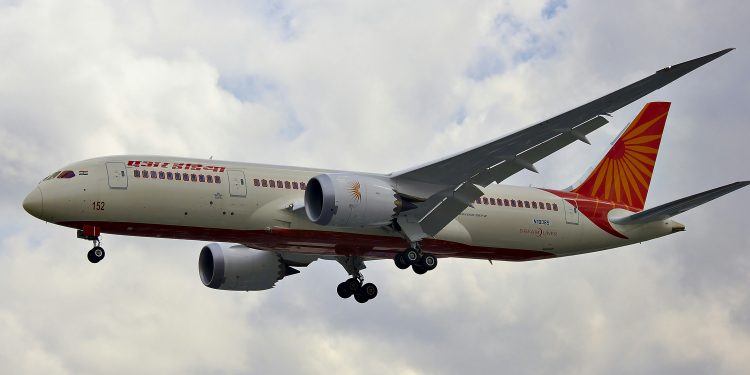India’s junior civil aviation minister Murlidhar Mohol dropped a bombshell in parliament Monday, disclosing that Air India has received nine show-cause notices for safety violations in just six months—including five distinct safety breaches that remain shrouded in secrecy.
The revelation comes amid intense scrutiny of the airline following last month’s catastrophic Boeing 787 Dreamliner crash in Ahmedabad, which claimed 260 lives in India’s deadliest aviation disaster in a decade. While Mohol confirmed enforcement action was completed for one violation, he withheld critical details about the nature of the other infractions, raising urgent questions about transparency in aviation safety oversight.

What We Know About the Safety Notices
The aviation ministry’s disclosure marks the first official acknowledgment of systemic safety concerns at Air India, though bureaucrats refused to specify whether the violations involved maintenance lapses, crew training deficiencies, or operational failures. Aviation experts note that nine regulatory warnings in half a year represents an alarming pattern for any airline—let alone a national flag carrier still reeling from the Ahmedabad tragedy. The timing is particularly damning, as investigators continue combing through the Dreamliner’s black box to determine if preventable errors contributed to the crash.
The Boeing 787 disaster has placed Air India’s operations under an international microscope, with global aviation bodies reviewing whether repeated violations suggest deeper safety culture problems. While the Directorate General of Civil Aviation (DGCA) has remained tight-lipped about specific infractions, sources indicate some notices relate to non-compliance with mandatory safety audits and deferred maintenance procedures—issues that gain grim significance after 260 passengers paid the ultimate price.
Can Air India Restore Passenger Confidence?
With travel demand rebounding post-pandemic, the dual revelations of safety violations and mass casualties threaten to erode public trust in India’s aviation sector. Industry analysts warn that Air India’s failure to address these red flags proactively could have crushing consequences for its privatization plans and international route approvals.

















